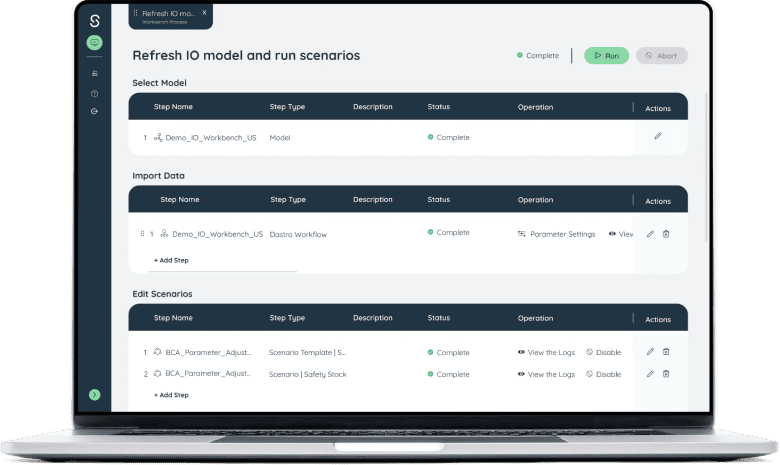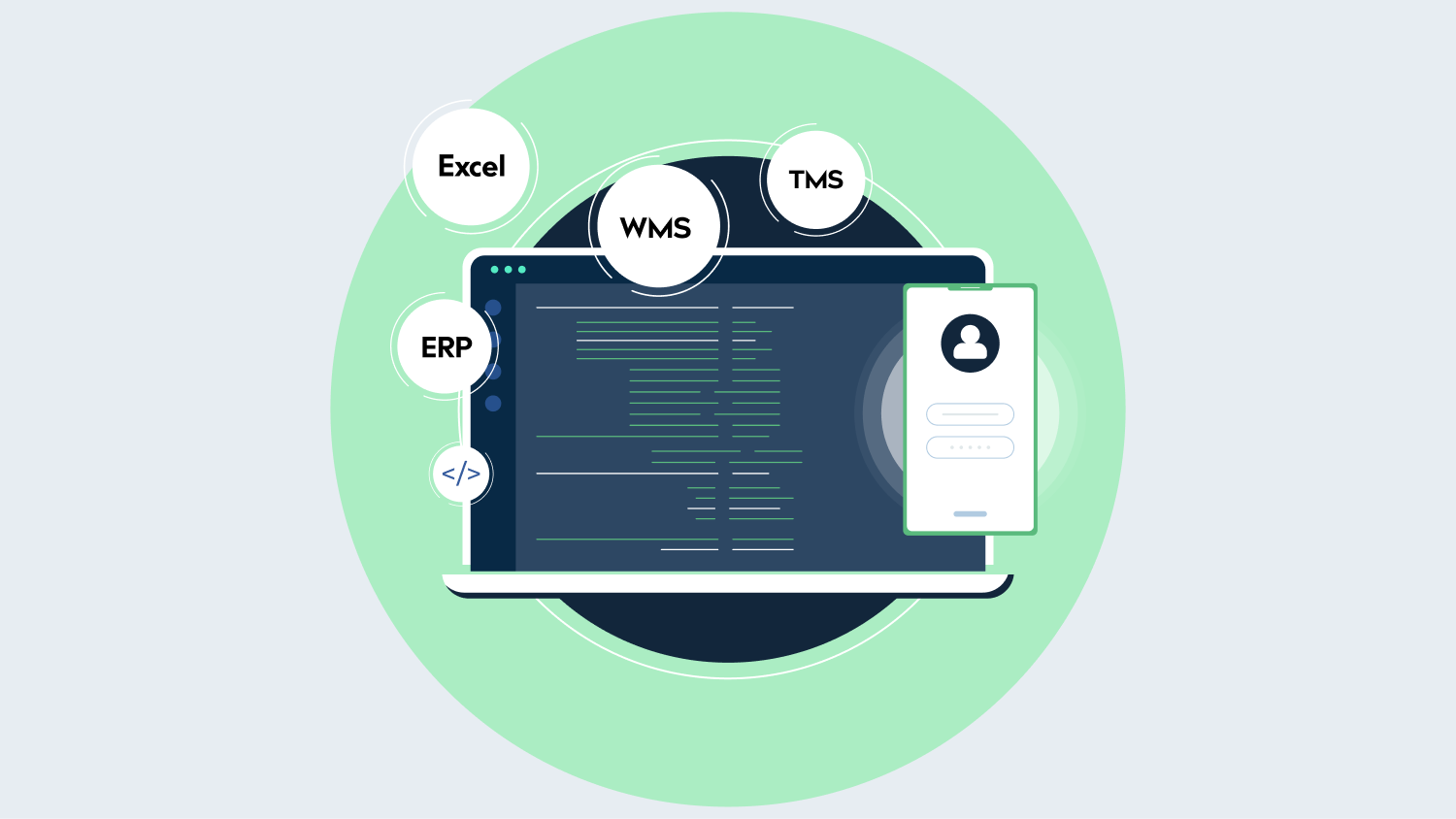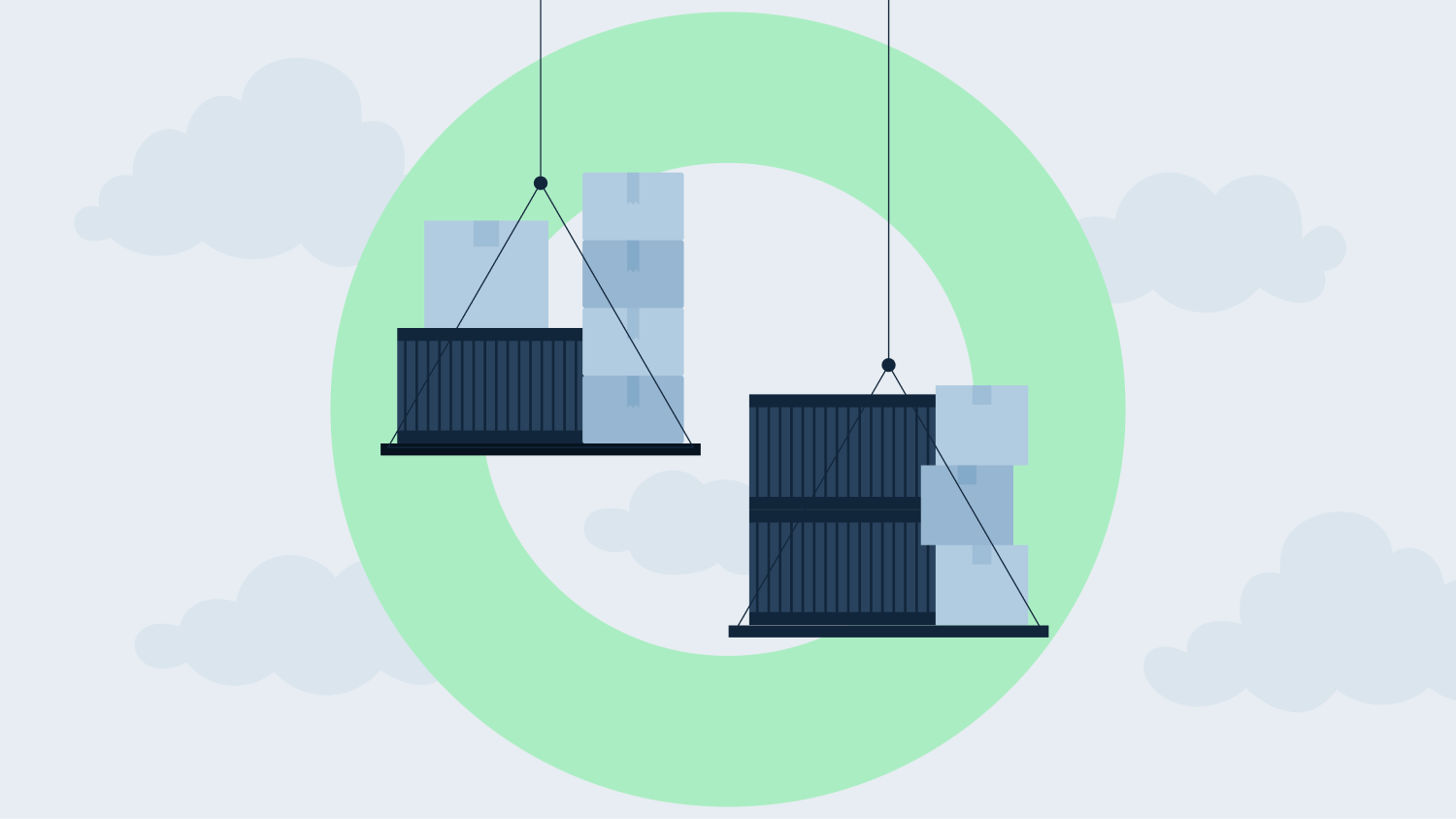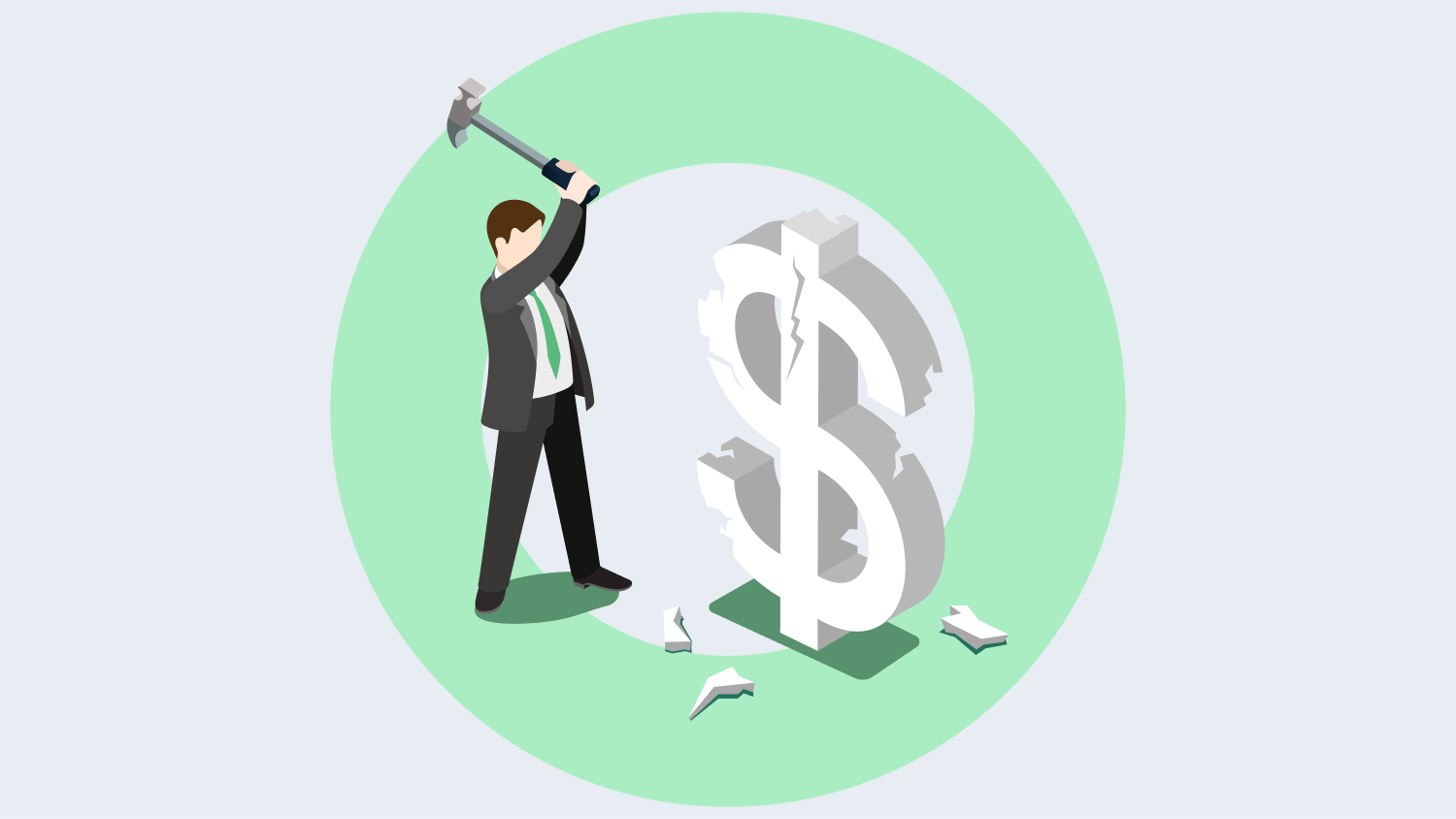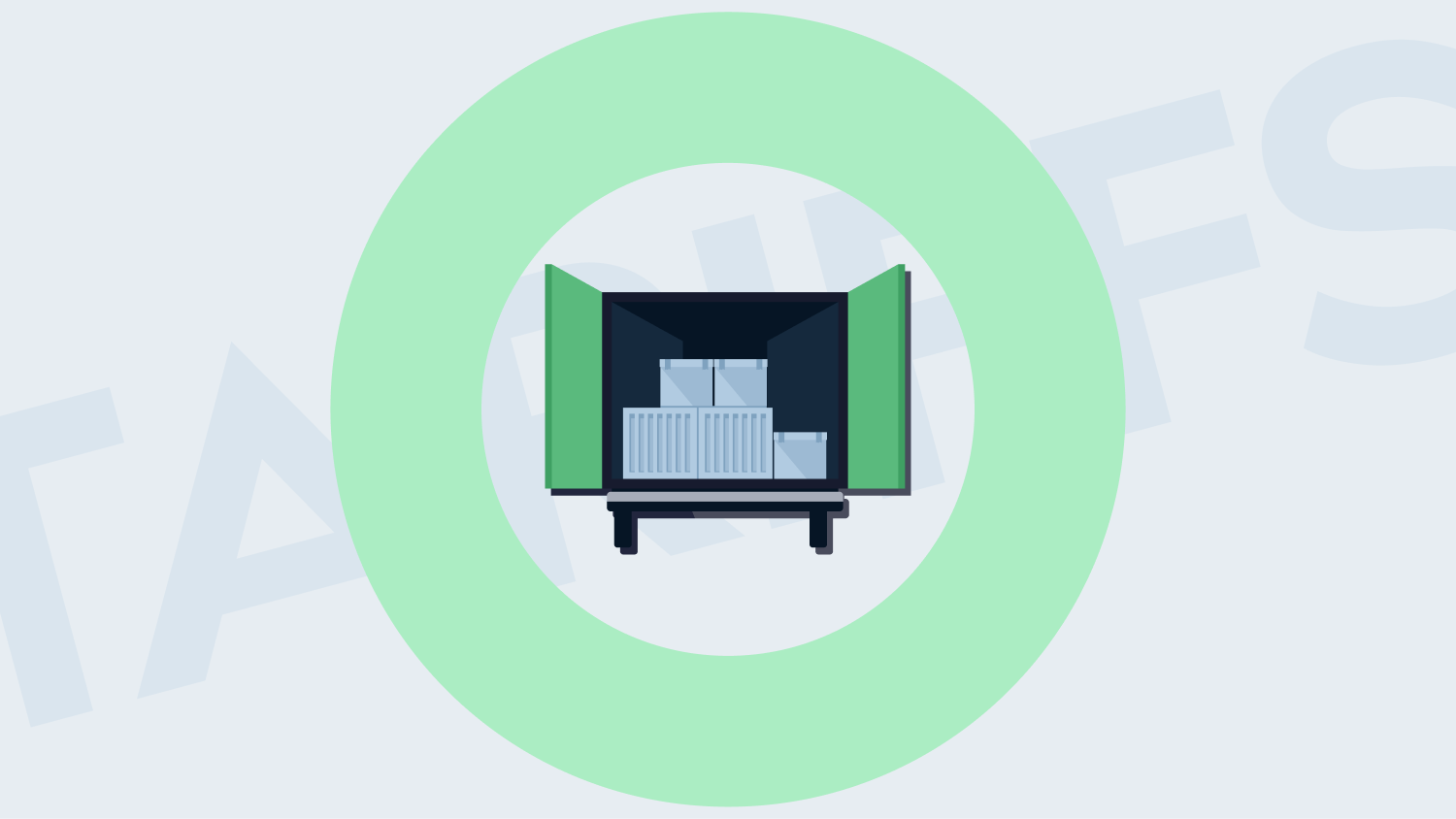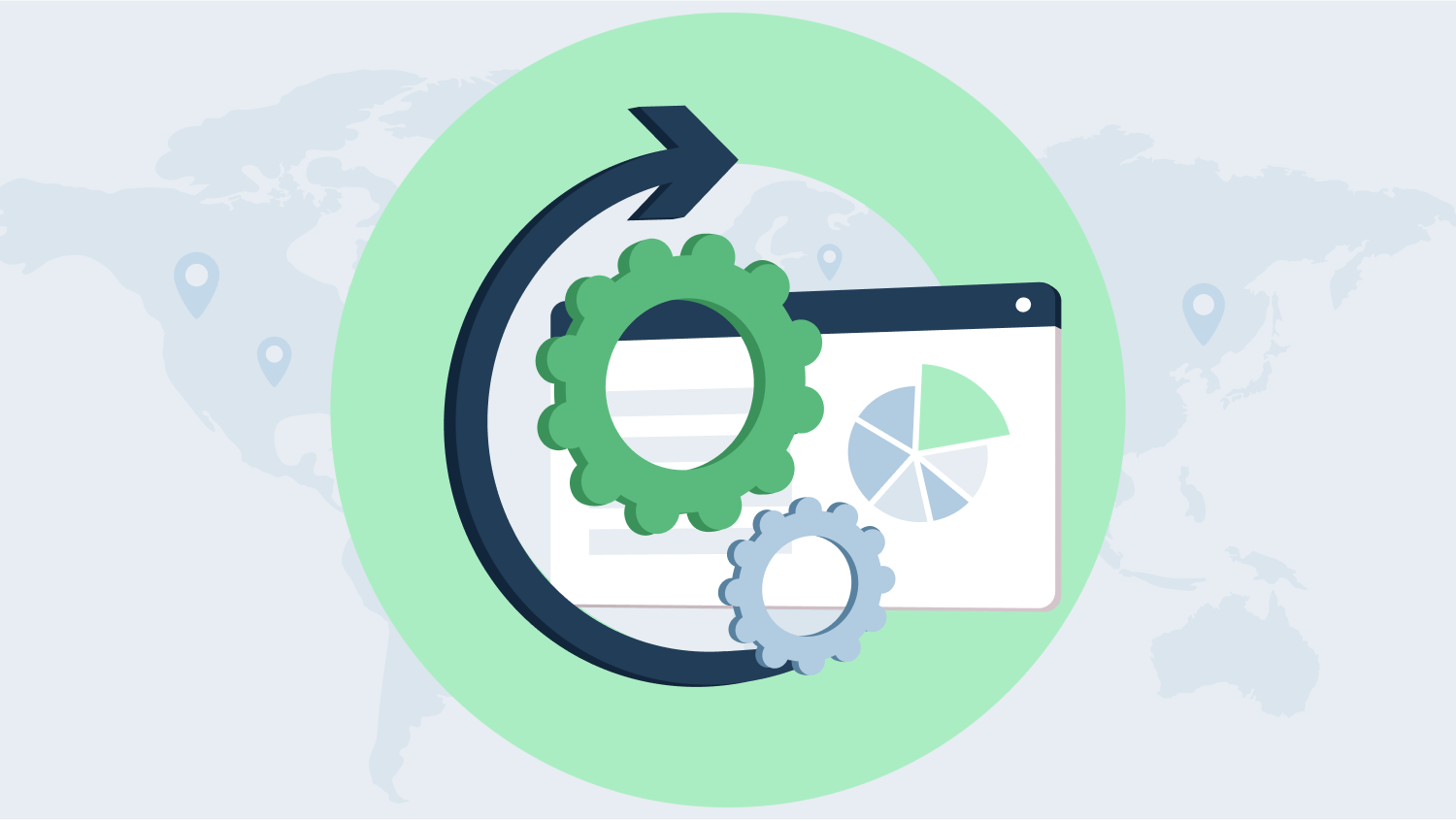Introduction
You’ve probably heard the pitch:
In an age of geopolitical upheaval, tariffs, and the constant shout for resilience, you need a supply chain network design tool. It’s the Swiss Army knife for turbulence—cutting through chaos with elegant algorithms.
But let’s back up—do you really?
The Truth Behind the Tool
Here’s the uncomfortable reality:
Companies don’t fail because they lack tools; they fail because they misunderstand when—how and why—to use them.
Too often, people chase shiny software tools, only to let those systems gather digital dust.
Why Tool Adoption Fails
- The original problem didn’t actually require a tool—or at least not that tool.
- The organization lacked data readiness.
- Simpler, legacy tools (like Excel) could have solved 80% of the challenge.
Before You Buy: Ask the Right Question
Before asking:
“Which tool is best?”
Ask:
“Are we ready for one?”
Because readiness comes first. There are real, measurable triggers that signal when supply chain network design or supply chain design software moves to necessity:
Readiness Indicators
- Siloed view of Supply Chain
- Multi-node or Multi-echelon complexity
- Scenario planning fatigue with manual tools
- Pressure to decarbonize or reduce total landed cost
The Tipping Point Advantage
Here’s the twist:
Once you’re ready, network design tools can move mountains. They’re not just useful—they’re transformative.
Strategic Benefits Include
- Redefining your cost base
- Optimizing customer service levels
- Driving measurable reductions in carbon footprint
- Tuning network agility to absorb shocks more effectively
Companies are increasingly prioritizing these tools over other digital investments—for good reason. This deep dive explains why:
👉 Why Supply Chain Network Design Over Other Investments
Who Doesn’t Really Need Supply Chain Network Design Tools
- Start with simplicity. If your operations are small enough that Excel still gives you clarity—and by clarity, we mean the ability to model decisions, run what-ifs, and communicate outcomes without confusion or firefighting—you’re in the productivity sweet spot. The same holds true if you’re managing a handful of SKUs, operating from one or two DCs, and dealing with a short-list of suppliers. At this scale, spreadsheets and domain knowledge are not just sufficient—they’re effective, fast, and cost-efficient.
- More importantly, if your supply flow resembles something between a straight line and a triangle—from a supplier to your plant or DC, then to a few customers—you don’t need a predictive model to tell you what’s obvious. An algorithm doesn’t magically enhance decisions when the variables can be counted on one hand.
- Then there’s the infrastructure angle. Without implementation of a transportation management system (TMS), ERP, or any kind of integrated transaction tracking—what data are you planning to feed a modeling platform? A design tool without usable data is a rocket without fuel.
In fact, before considering a network design solution, it’s worth understanding what that means in the first place: true supply chain network design involves modeling the flow of goods, costs, and constraints across multiple echelons—and using that insight to drive structural decisions. Without that level of complexity, you don’t need supply chain network design and optimization over other investments.
👉 Why Supply Chain Network Design And Optimisation Over Other Investments? | Benefits & Importance
When You Actually Might Need a Tool
If you’re burning hours massaging pivot tables just to answer a simple “what if,” you’re not making decisions—you’re playing Excel roulette. That’s the red flag. And it could be your first clue that you actually need a supply chain network design tool.
Why Complexity Breaks Manual Processes
The logic is straightforward: complexity breaks mental models.
1. If your network includes more than three connected stages—such as:
- Suppliers
- Plants
- Warehouses
- Customer hubs
…you’ve entered the world of multi-echelon chaos. Trying to make decisions on this network manually? It’s like flying a plane by reading clouds. Intuition won’t cut it
2. If you have large number of SKUs:
- Hundreds or thousands of SKUs
- Unique demand profiles
- Variable lead times
- Margins and constraints
- shelf life considerations…
Then you’re trying to play supply chain chess across 12 dimensions. At this point, even your best analysts can’t make the numbers yield insight.
That’s when advanced tools earn their keep.
3. The complexity isn’t just in the math—it’s also the supply chain organization setup.
Ask yourself:
- Do you have multiple business units?
- Do you have regional planning teams?
- Do you have KPIs that cross logistics, sourcing, and sales that may cause trade off and conflict?
Each unit (BU, product group, region, or function) may be partly optimized but holistically suboptimal. A network design tool finally gives you a platform to ask the big question:
“What’s best for the end to end Supply Chain?”
4. Complex also comes in the forms of Fragmented Data
You may already have solid systems—ERP, TMS, WMS—all running in parallel. But do they speak the same language?
Without a layer to stitch insights across:
- Transaction systems
- Operational data
- Strategic questions
You’re stuck with fragmented decisions. A good network design tool becomes your Rosetta Stone, translating siloed data into actionable scenarios you didn’t even know existed.
Still Not Sure? The Industry Already Moved
Need a benchmark? According to a Gartner survey: 73% of companies have restructured their networks in the past two years.
This isn’t experimentation. It’s survival. And you won’t survive with better spreadsheets. You’ll survive by seeing what others can’t—faster than they can.
Final Thought: Look at Your Tools. Then Look Again.
If your supply chain looks more like a dynamic system than a static map—and you’re still flying blind using outdated tools—it’s not a question of if you need a network design tool.
It’s a matter of when your competitors got theirs.
👉 Read more: Best Supply Chain Optimization Tools
What to Look for When You Actually Need to Acquire a Supply Chain Network Design Tool
Let’s assume you’ve crossed the threshold—your spreadsheet just choked on a pivot table for the fifth time today, your SKUs have multiplied, and your supply chain meetings now feel like multilingual diplomacy summits. Time for a serious tool. But here’s the twist: don’t get seduced by marketing fluff. At this stage, what you need isn’t software. It’s clarity—and only the right tool can provide that.
Start with the user interface. No, seriously—start there. You can have the best artificial intelligence on the planet, but if your modeler can’t figure out how to set up a scenario without writing code. A good UI isn’t about aesthetics; it’s about pushing strategic thinking into the hands of the people closest to your real problems. Test-drive the platform deeply. If it constantly gets you stuck in the process of modeling, that’s a red flag.
Then, scalability. Most teams start small: a limited region, a few SKUs, a single business unit. But networks grow, and complexity compounds. If the platform doesn’t handle millions of shipments or tens of thousands of SKUs in the mode, keep looking.
Another brutal truth: supply chain is a data swamp. You’re dealing with fragmented ERP systems, legacy CRMs, homegrown databases, and spreadsheets named “final_final_use_this_one.xlsx.” That’s why how easily the tool can handle data is non-negotiable.
Also, watch for tools that go beyond distribution network optimization. The real value comes from comprehensive modeling—where inventory policies talk to production constraints, which talk to transportation routing. If your network decisions don’t account for cross-functional tradeoffs, then you’re not solving the whole problem. You’re just playing whack-a-mole.
That’s where mature platforms like Sophus steps in. They don’t just optimize; they orchestrate.
👉 As explained in: Boosting your supply chain design with 5 distinctive “super powers” of Sophus
the value isn’t just in finding efficiencies—it’s in enabling synchronized, enterprise-wide decision-making. That kind of capability doesn’t just save money. It rewires your business to move faster, smarter, and with fewer silos.
Bottom line: a network design tool should feel less like a software purchase and more like hiring a systems thinker into your org. Choose the one that forces better questions, not just prettier answers.
Conclusion
Let’s not sugarcoat it—supply chain network design tools aren’t magic bullets. They’re powerful, but only when wielded at the right time, by the right hands, in the right context. The companies that get real value out of these tools aren’t the ones chasing a trend—they’re the ones confronting network complexity that Excel and siloed teams can’t touch.
When the cracks start showing—when planning becomes a game of guesswork, when one BU’s decision wrecks another’s forecast, when no one knows where the cost leaks are—that’s your signal. Not before. With the right tool, you gain visibility, optionality, and clarity.
Choosing the right supply chain network design tool then becomes more than a tech decision. It’s a strategic one. Because a poor fit ends in digital shelfware—underutilized, and slowly forgotten. But when done right, the payoff isn’t incremental. It’s transformative. These tools help you design your network, not just react to it.
If you want a deeper look into what that transformation can look like, explore it here: Supply Chain Network Design | Sophus.
FAQs
1. When should you use a supply chain network design tool vs. manual methods?
Here’s the acid test. If your supply chain questions still fit neatly into a spreadsheet and your team can run scenarios without feeling like they’re pulling an all-nighter, stick with manual tools for now. No shame in it. Excel is arguably the most overqualified supply chain tool on the planet—until it isn’t. When decisions start spilling past three tiers—suppliers, plants, DCs, customers—and you’re juggling hundreds or thousands of SKUs with unpredictable service tradeoffs, it’s time to stop duct-taping your decisions. Especially if you feel like strategic conversations default to old instincts instead of data-backed what-ifs. According to a recent Gartner survey, 73% of companies have changed their supply chain network in the past two years. When change becomes the norm, and you need to simulate dozens of options under tight timelines, a purpose-built tool isn’t a luxury—it’s a necessity.
2. What are the key factors to look for when acquiring a network design or supply chain design tool?
First, don’t get seduced by the dashboards. A beautiful interface can hide a shallow engine. What matters most is usability without sacrificing depth. Look for platforms that let actual business users—not just data scientists—interrogate the system fluently. Then prioritize functionality: can it model across inventory, transportation, capacity, and lead times holistically? Scalability matters greatly. The tool should model your complex supply chain—not choke on it. And above all, ensure it can integrate your data systems seamlessly. The best tools won’t just crunch numbers—they’ll force better cross-functional conversations in real time, aligning business units that usually argue over forecast accuracy or truckload minimums.


